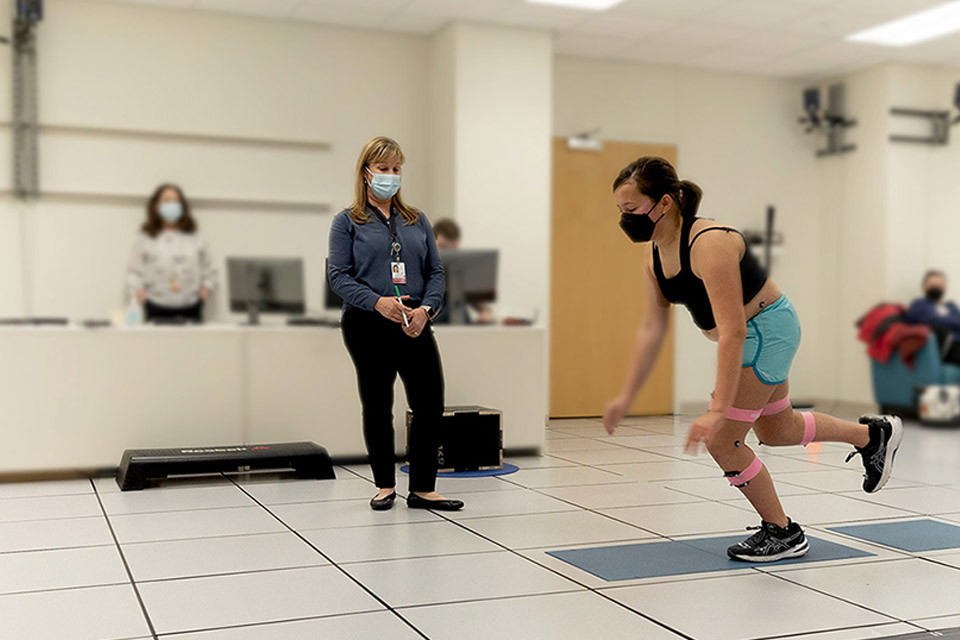Spasticity
Shriners Children's knows that patients with spasticity need a wide range of care and services in order to thrive.
As a world-renowned leader in providing specialized pediatric medical care, we utilize the latest clinical and scientific research in our comprehensive approach to treatment. Designed with convenience in mind for patients and their families, Shriners Children’s offers a full range of services and resources for spasticity care under one roof so children can receive treatment from all necessary providers in one building.
Spasticity is abnormal muscle stiffness, making it difficult for a child to perform coordinated movements. Spastic muscles are tense and resist movement, and children with this condition often have problems with their reflexes and coordination. Spasticity can interfere with a child’s range of motion and limit their variety of movement patterns.
Children with the following conditions may show spasticity as a symptom:
- Cerebral palsy
- Spinal cord injury
- Brain injury
- Hereditary spastic paraplegia (HSP)
A child’s mobility and quality of life can be improved through the coordination of a comprehensive care plan. Receiving care at Shriners Children’s provides families with treatment options to reduce the child’s tone which improves function, increases ease of care and aims to prevent future orthopedic conditions from developing.
Innovative Treatments for Spasticity
Children with spasticity can thrive when the condition is managed well with appropriate treatments. However, there is no cure for spasticity and it cannot be prevented. Your child’s medical team could include orthopedists, nurses, orthotists, physical, occupational and speech therapists, social workers, child life specialists, and others who work together to develop a customized care plan for each child with spasticity.
Our treatments are driven by evidence-based research and years of experience. Treatments can include:
- Tone management: We provide tone management, a comprehensive nonsurgical approach to decrease spasticity with a goal of improving function and mobility. Treatment plans developed for each child are customized for their exact needs. Examples of these plans of care can include tone reducing medications (Baclofen or Botulinum toxin A), orthopedic surgery, stretch casting, bracing, and physical and occupational therapies.
- Orthotics: Orthotics are designed to support alignment of the upper and lower extremities. They can also help with stability while walking.
- Rehabilitation services: This may include occupational and physical therapy, aqua therapy, speech-language pathology, locomotion/walking therapy using a robotic-assisted treadmill (Lokomat), upper extremity robotic training (ARMEO) and electrical stimulation.
- Assistive device evaluations: Our trained team of physical therapists and providers work together to recommend and prescribe equipment such as crutches, walkers and specialty wheelchairs to aid in mobility.
- Orthopedic surgery: Internationally recognized orthopedic surgeons at Shriners Children’s provide complex surgical care to ambulatory and nonambulatory children with congenital and acquired conditions. Surgical procedures vary greatly from case to case, but all are aimed at improving function and independence as much as possible.
Support Services for Spasticity
Support services can include:
- Motion analysis: Many of our locations have a motion analysis center designed to evaluate patient movement patterns. Motion analysis is an objective measuring technique that assists the medical team in developing a custom approach to improve the child’s function.
- Pediatric Orthotic Prosthetic Services (POPS): Shriners Children’s Pediatric Orthotics and Prosthetic Services designs, fits and manufactures orthotics and prosthetics for children from infants to young adults.
Each child’s mobility and subsequent quality of life can be improved through the coordination of their comprehensive care at Shriners Children’s.

Motion Analysis Centers
Innovative Treatments
View All Related Treatments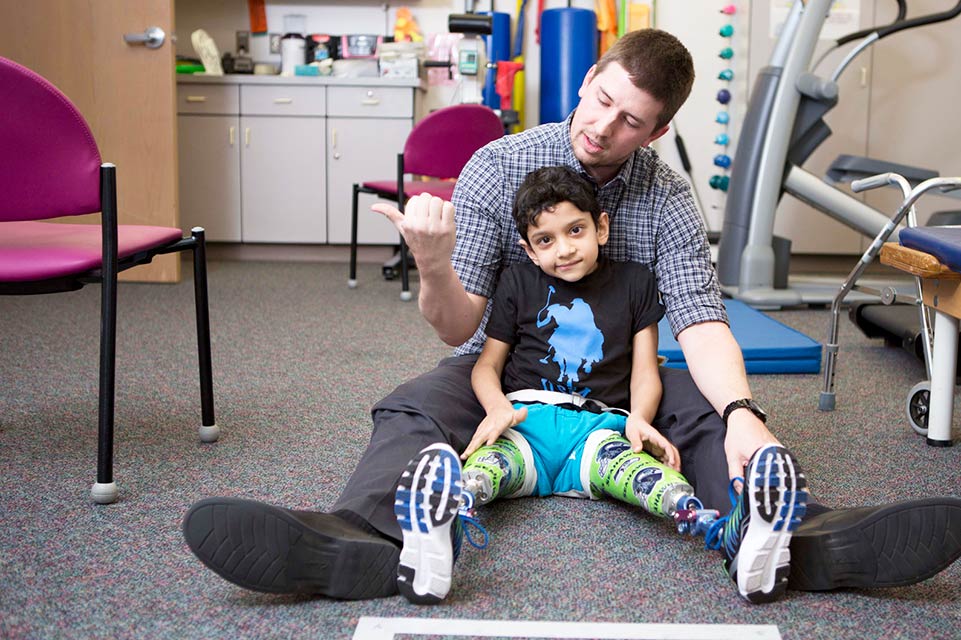
Occupational Therapy
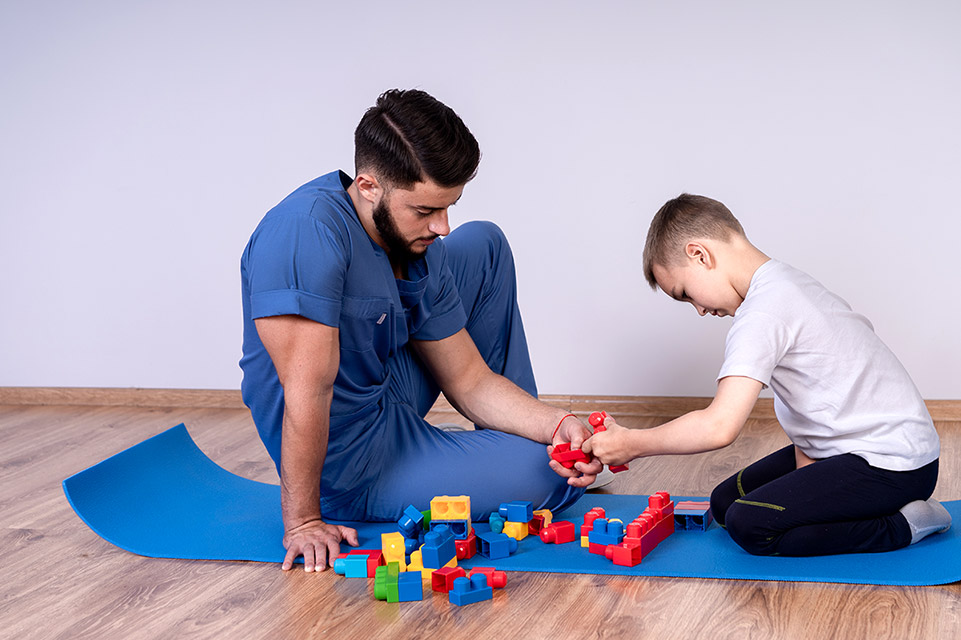
Speech Therapy
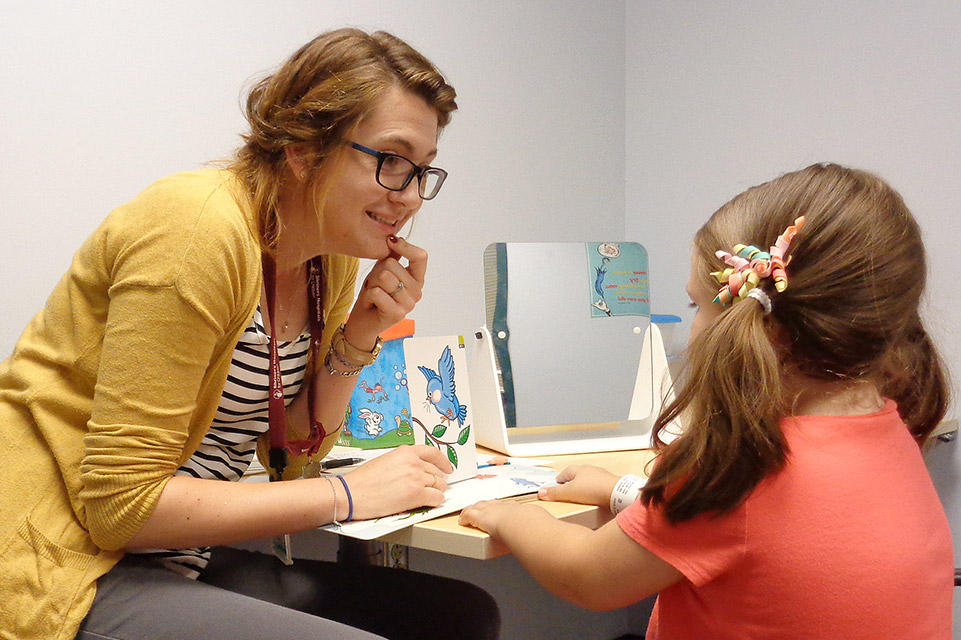
Orthopedic Surgery
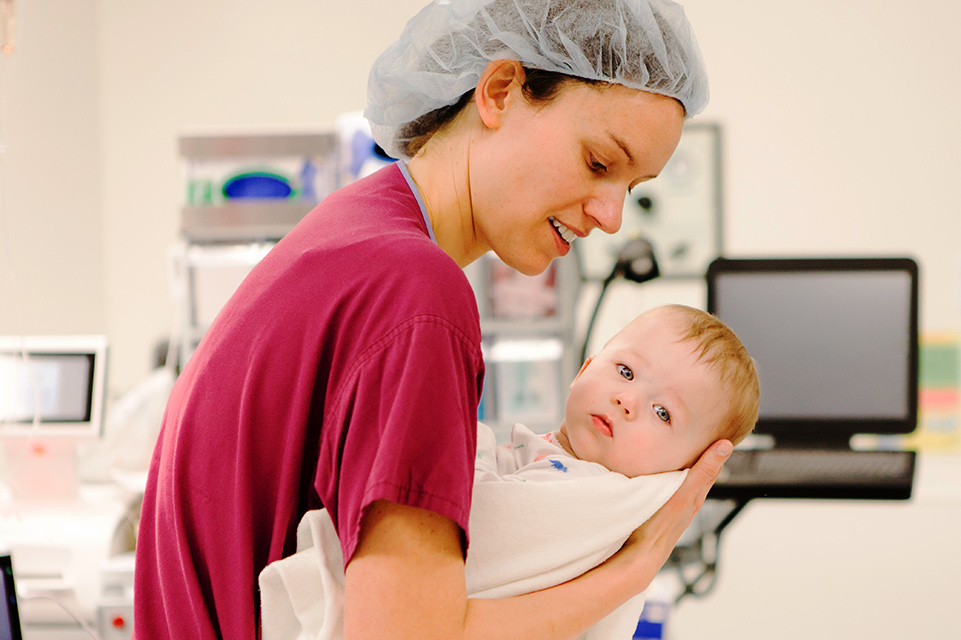
Motion Analysis
